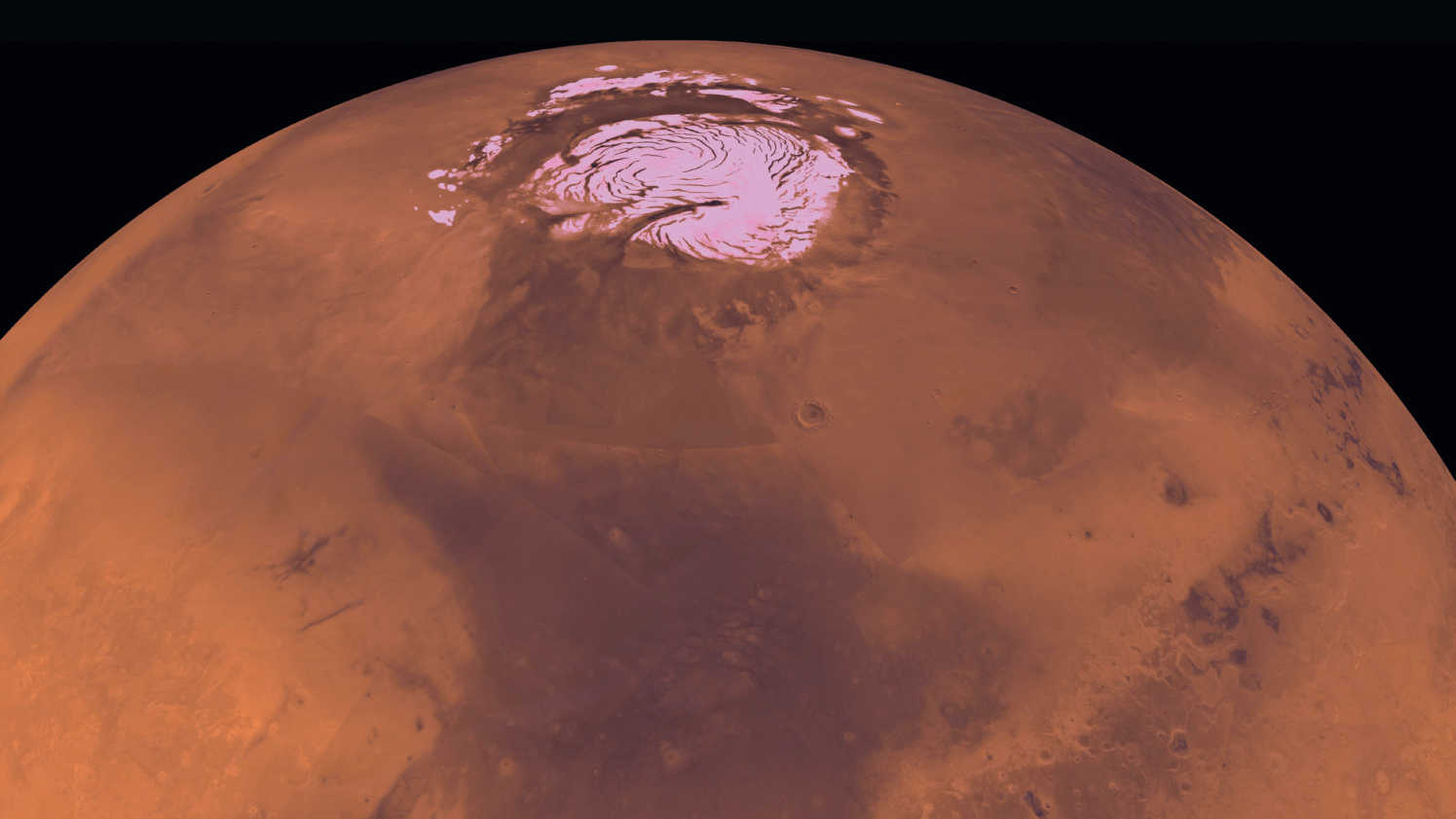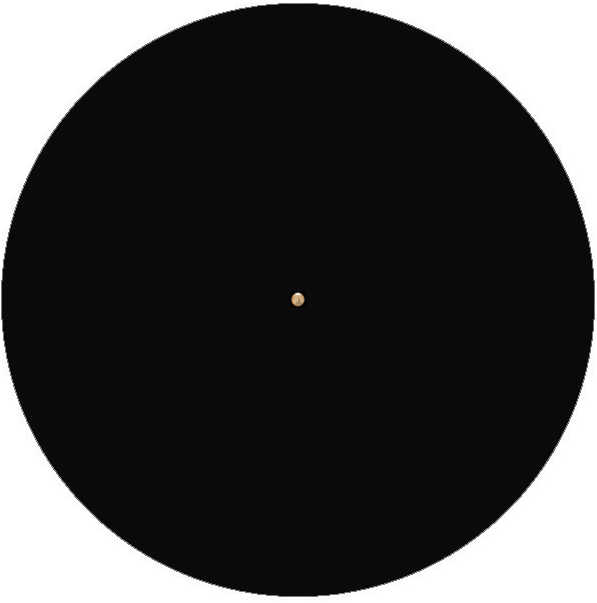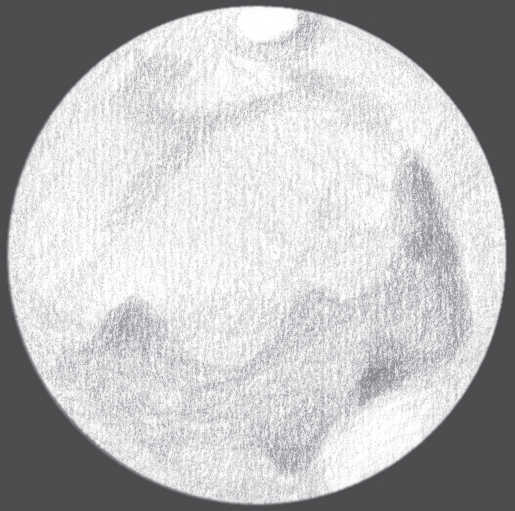A view of the Red Planet
Even with a 70mm telescope, you can observe structures on the surface of Mars - and the polar caps.
 Photograph of Mars from orbit with a view of the polar cap. NASA/JPL/USGS
Photograph of Mars from orbit with a view of the polar cap. NASA/JPL/USGSObserving Mars with an entry-level telescope
Even today, the bright orange-red appearance of Mars in the night sky still captivates us. As many as five active space probes are currently orbiting the Red Planet and two rovers are exploring its surface. The ExoMars Trace Gas Orbiter, together with its Schiaparelli landing module, is another mission on its way to Mars.
Many ancient cultures saw Mars as the messenger of war and destruction. The Greeks inherited this belief from the Babylonians and from their war god Nergal came Ares, who conquered fire and iron. Finally, the Romans named him after Mars, their god of war. The science fiction literature of the 1950s also adopted this view and liked to depict Mars as the source of enemy invaders.
Mars in profile
Mars has an Earth-like structure, with a core, a mantle and a solid crust. Its typical red colour comes from iron oxide, i.e. rust. With a diameter at the equator of 6,792km, the planet is only around half the size of Earth. A day on Mars lasts 24 hours and 37 minutes, almost the same length as a day on Earth. The images and data from probes that have landed on Mars reveal a dry desert planet whose atmosphere pressure is only around one percent of that on Earth. However, everything indicates that in the planet’s early days there must have been a much denser atmosphere and perhaps even liquid water was present. So it could have supported life in the form of micro-organisms such as bacteria. The distance between Earth and Mars fluctuates between 55.6 million and 101 million kilometres due to its highly elliptical orbit.
Mars through a telescope
 With a 70mm aperture telescope you can observe Mars as a small, reddish disc and, if the conditions are good, you should also be able to see the polar caps and large albedo structures (illustration). L. Spix
With a 70mm aperture telescope you can observe Mars as a small, reddish disc and, if the conditions are good, you should also be able to see the polar caps and large albedo structures (illustration). L. SpixEven in the 17th century, dark structures on the surface of Mars could be observed with a telescope. These observations can be reproduced today with a small 70mm instrument. These so-called albedo features are comparable to the Moon’s maria. They are structures on the surfaces of celestial bodies that are created by the differing reflectance properties of the surface’s composition when light shines on it, so that areas of varying light and/or dark are visible. On Mars, they generally appear as a fairly light brown tone, in contrast to the dominant orange-red of the rest of the surface. A particularly striking albedo structure is the Syrtis Major, which appears as a dark, triangular structure through a telescope.
Changeable polar caps
 Illustration: at higher magnifications of 200×, a telescope with a 102mm aperture reveals numerous albedo structures. L. Spix
Illustration: at higher magnifications of 200×, a telescope with a 102mm aperture reveals numerous albedo structures. L. SpixObserving the polar caps, which appear as very bright, whitish spots through a telescope, is also exciting. These structures change significantly over the course of Mars’ seasons. With the onset of Martian spring on the corresponding hemisphere, the polar cap slowly melts, becomes smaller and finally disappears completely in the summer. At the same time, on the opposite hemisphere, the polar cap can be observed to increase in size in its autumn and winter.
Practical tip
The right time to observe
Mars is a challenge for the visual observer. At opposition in 2016, Mars was just 18.4 arc seconds across. In comparison, the Moon is 1,800 arc seconds wide, so it is 100 times larger! In addition, this year the planet only reached an altitude of around 18° above the horizon. To successfully observe the albedo structures or the polar caps, certain conditions must be met: wait until the planet reaches its highest position in the south before you begin observing, and be sure to choose a night when the air is very calm. Stars will give you a good indication of just how good the seeing is: if they flicker only a little near the horizon, then the air is relatively calm. Now you can use magnifications of more than 100×.
Note, however, that there is a maximum useful magnification for any given telescope aperture. The rule of thumb is: maximum magnification = telescope aperture × 2. An optically good telescope with, say, a 70mm aperture will reaches its performance limit at 140x magnification.
Author: Lambert Spix / Licence: Oculum Verlag GmbH
